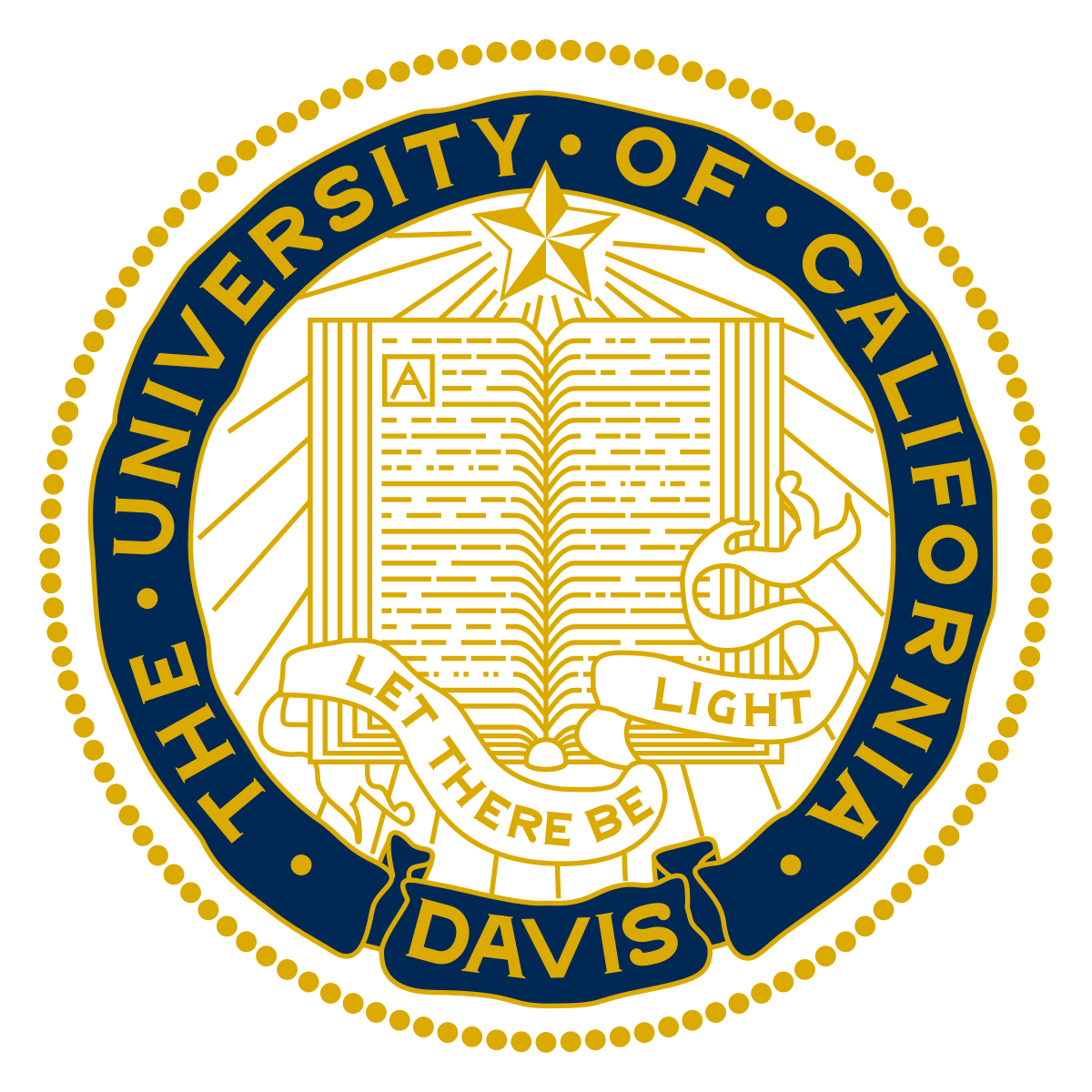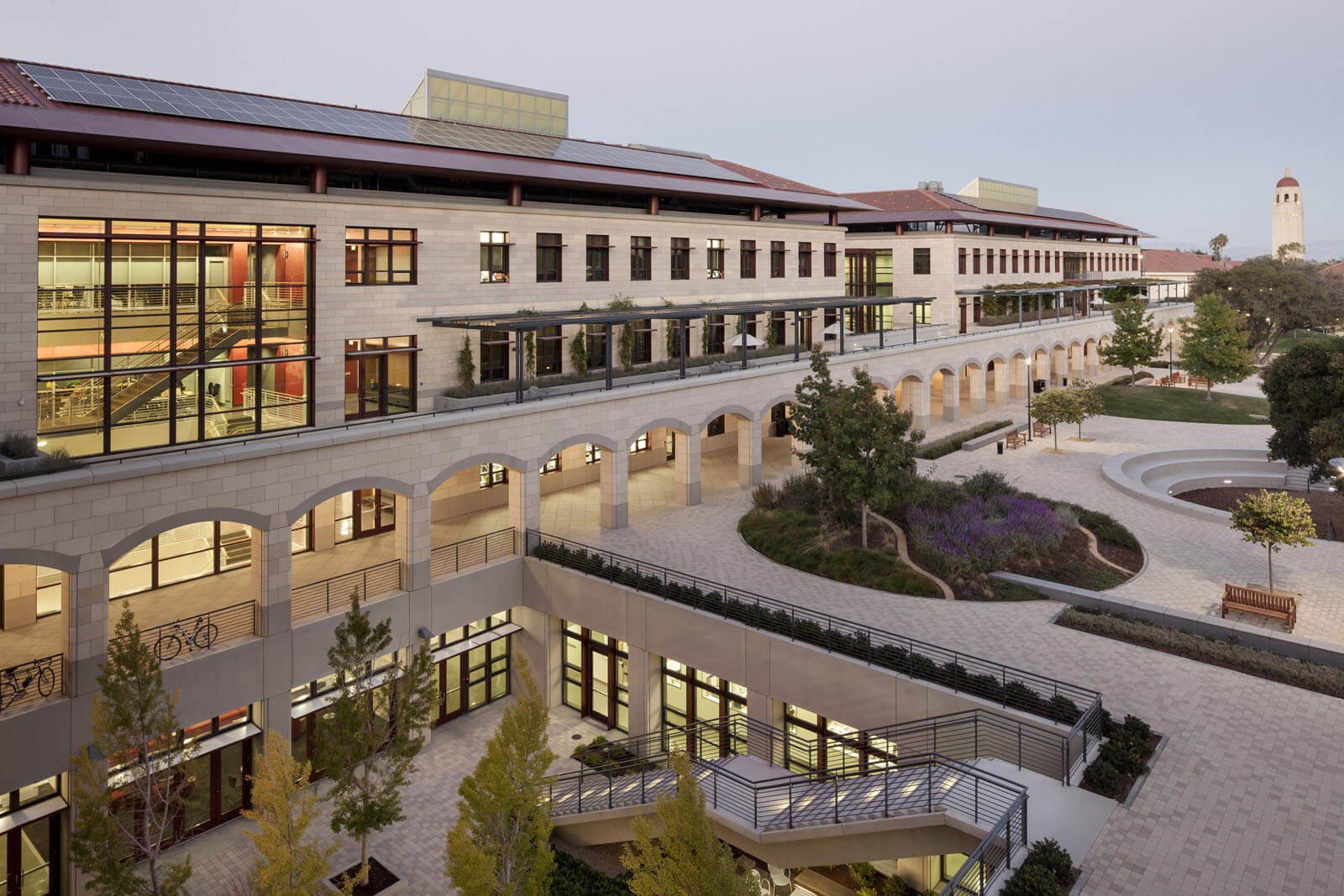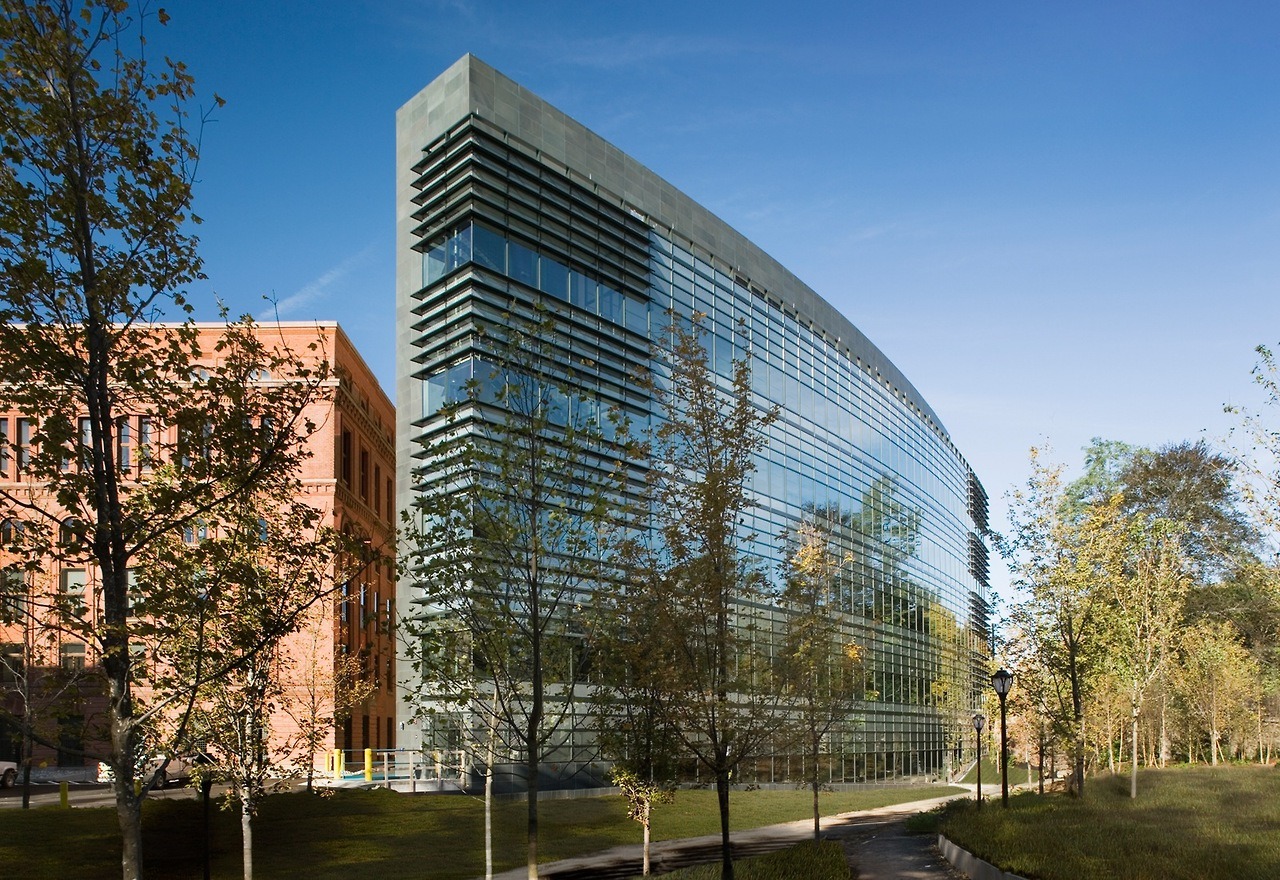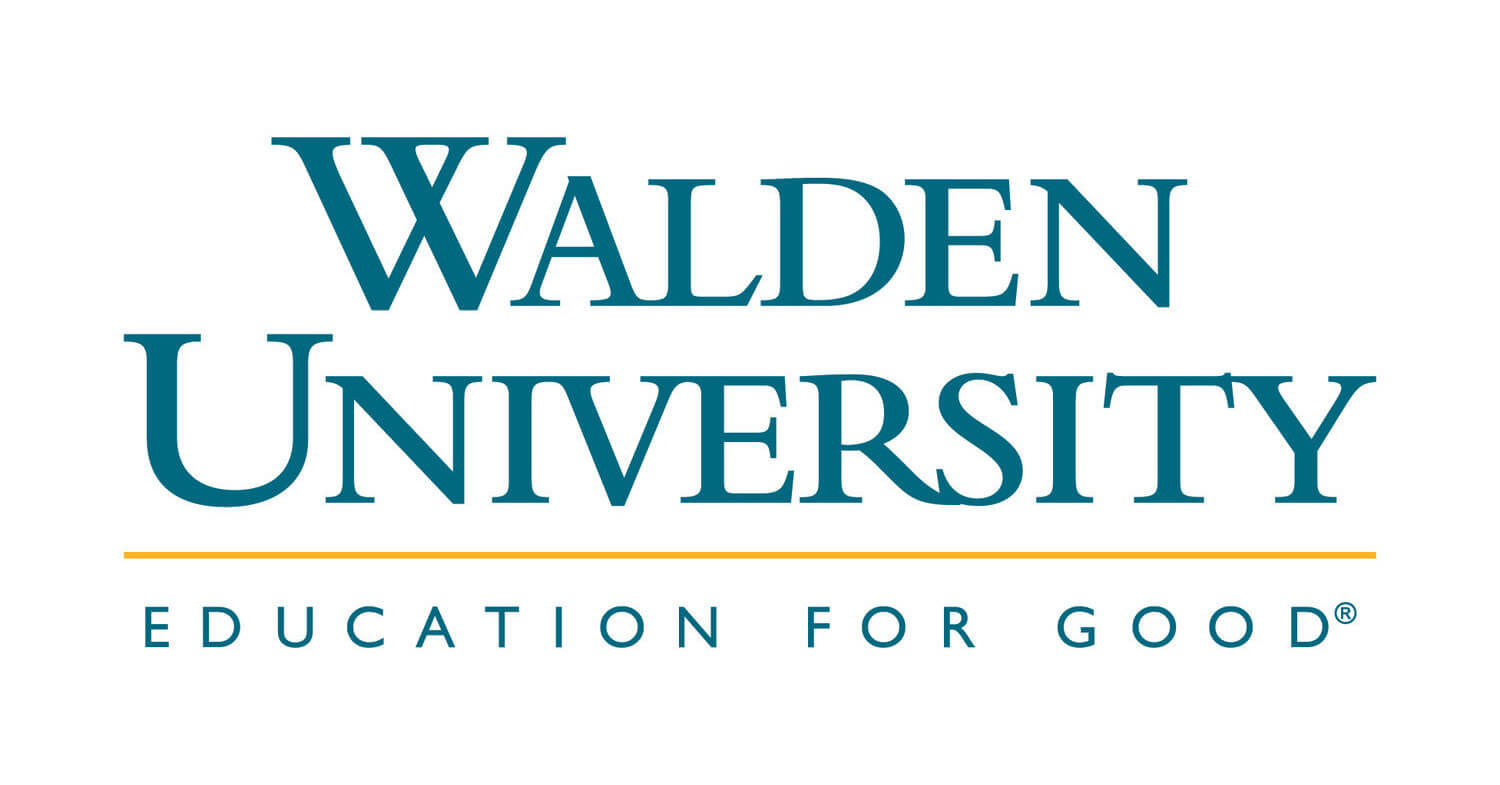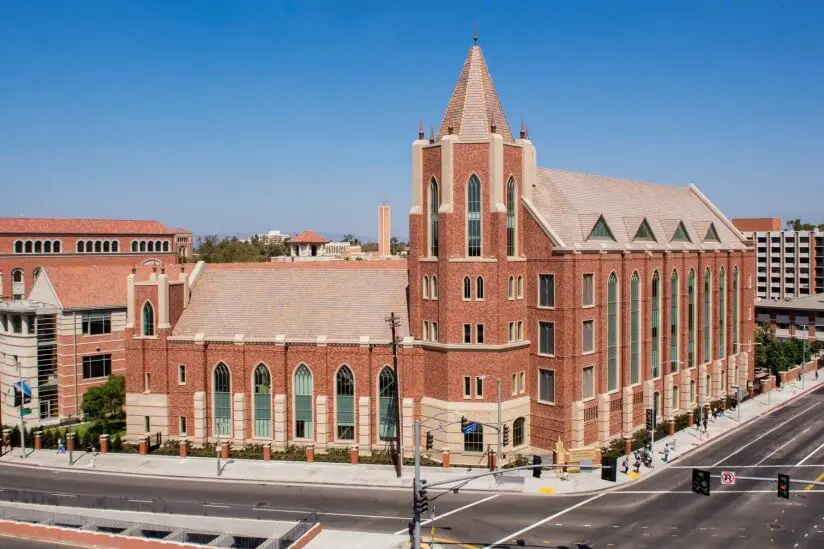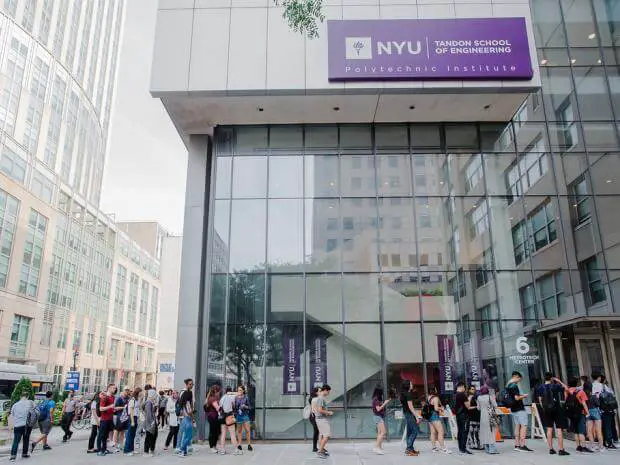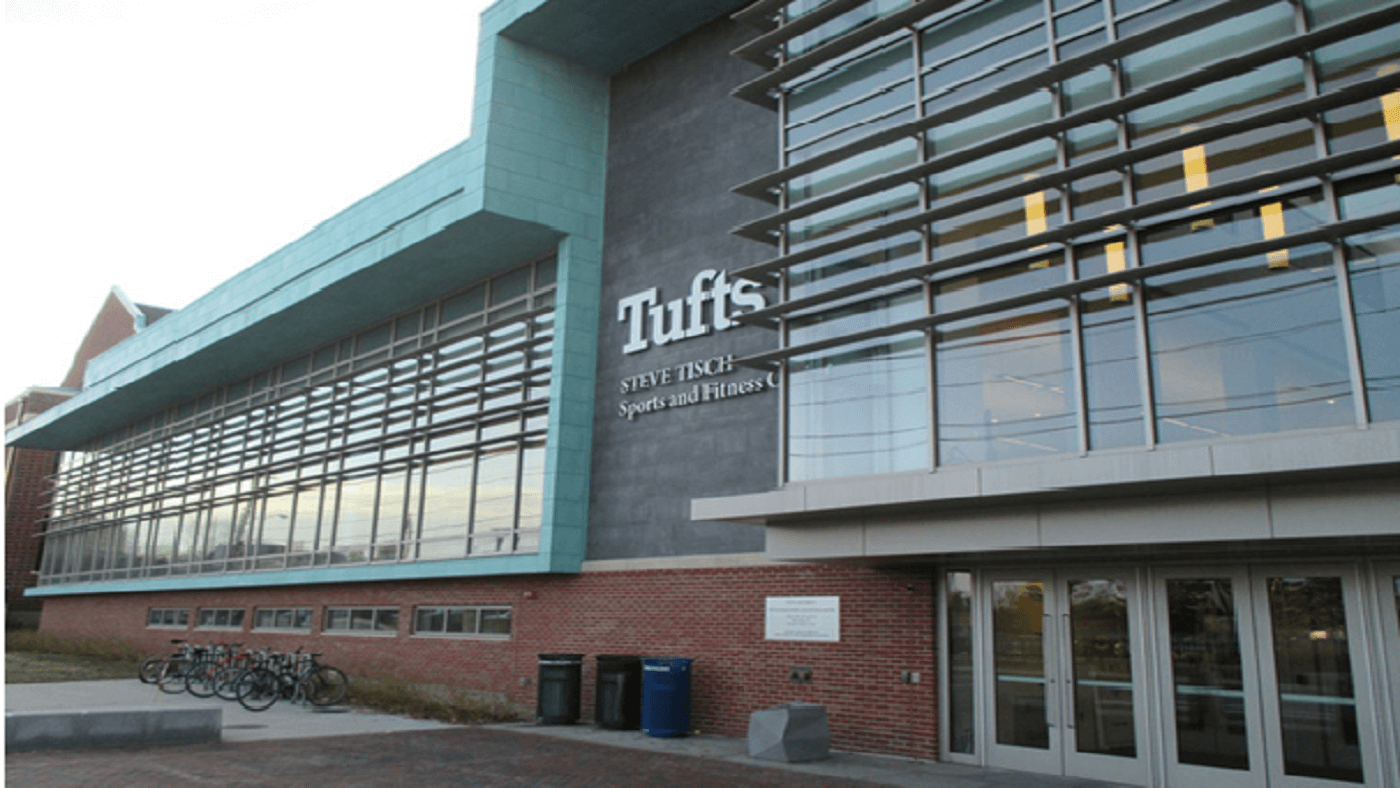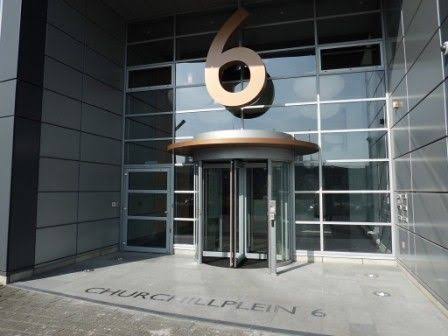MIT (Massachusetts Institute of Technology) Mission and Vision Statements Analysis
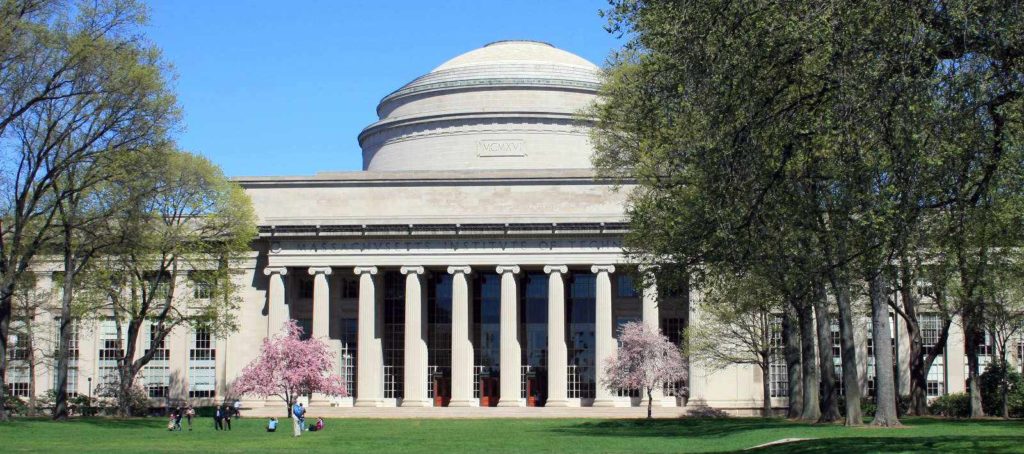
MIT mission statement is “to advance knowledge and educate students in science, technology, and other areas of scholarship that will best serve the nation and the world in the 21st century.” The statement identifies the key areas of focus that MIT uses to transform the lives of people with. The statement relates to the listed components:
- Improve lives with knowledge
- Serve nation and the world
The education program at MIT is organized in such a way that students can choose options they are best suited to. The institution emphasizes practical knowledge by promoting science and technology due to their potential impact on the future of humanity. All the 30 departments at MIT focus their resources on a solution-based learning. Other than education and training, MIT campus life is interactive, friendly, and supportive for all students to thrive.
To satisfy the second component, MIT (Massachusetts Institute of Technology) exposes all its students to real-world situations so that they can exploit their knowledge for the goodness of the world. In this way, MIT creates people-minded graduates and experts driven by the desire to design and innovate solutions to problems in the modern era.
Introduction
Massachusetts Institute of Technology (MIT) has transformed research, innovation and higher education with its approaches since 1861. In fact, its mission and vision statements demonstrate how dynamic and focused this university is towards its primary goals and objectives. Over the decades, MIT has become so successful that it is currently affiliated with renowned innovators, field medalists and other heroes from diverse segments in the U.S.
The corporate mission and vision statements adopted by MIT were, therefore, appropriate to direct the development path of this institution. A corporate vision statement reveals the desired future achievements of an organization. On the other hand, a corporate mission statement describes the strategies that would bring the future closer to the company.
For MIT (Massachusetts Institute of Technology), both the mission and vision statements present the institution as a leader in the education and research sector. The mission statement, however, goes on to specify the value of education for both the nation and the world. MIT also has core values that guide the practices of everyone within the facility. Together with the mission and vision statements, these tools have enabled MIT to rise as a coveted learning institution.
Vision Statement
MIT has not published a vision statement. However, its purpose is a reflection of what this institution desires to be – “to make a better world through education, research, and innovation.” A review of this statement shows that MIT strives to lead by being a dependable source of solutions for diverse global challenges.
The institution continues to excel in this ambition through its research and innovation centers. By extension, it also prides itself on the achievement of its students in different companies and organizations across the globe.
Core Values
MIT core values comprise “integrity, collaboration, student-centeredness, community, diversity and inclusion, and innovation.”
MIT has established itself as a reputable institution courtesy of these core values. They remain instrumental in the creation of both a healthy culture and environment for everyone to realize their potentials.
References
- Al-Hosaini, F. F., & Sofian, S. (2015). A review of balanced scorecard framework in higher education institutions (HEIs). International Review of Management and Marketing, 5(1), 26-35.
- Compact, C. (2015). Mission and vision.
- Kopaneva, I., & Sias, P. M. (2015). Lost in translation: Employee and organizational constructions of mission and vision. Management Communication Quarterly, 29(3), 358-384.
- Mirvis, P., Googins, B., & Kinnicutt, S. (2010). Vision, mission, values. Organizational Dynamics, 39(4), 316.
- MIT – About.
- O’Shea, R. P., Allen, T. J., Morse, K. P., O’Gorman, C., & Roche, F. (2007). Delineating the anatomy of an entrepreneurial university: the Massachusetts Institute of Technology experience. R&d Management, 37(1), 1-16.
- West, G. N., Loh, W., Kharas, D., Sorace-Agaskar, C., Mehta, K. K., Sage, J., … & Ram, R. J. (2018). 2) Lincoln Laboratory, Massachusetts Institute of Technology, Lexington, Massachusetts 02421, USA. arXiv preprint arXiv:1808.00429.
